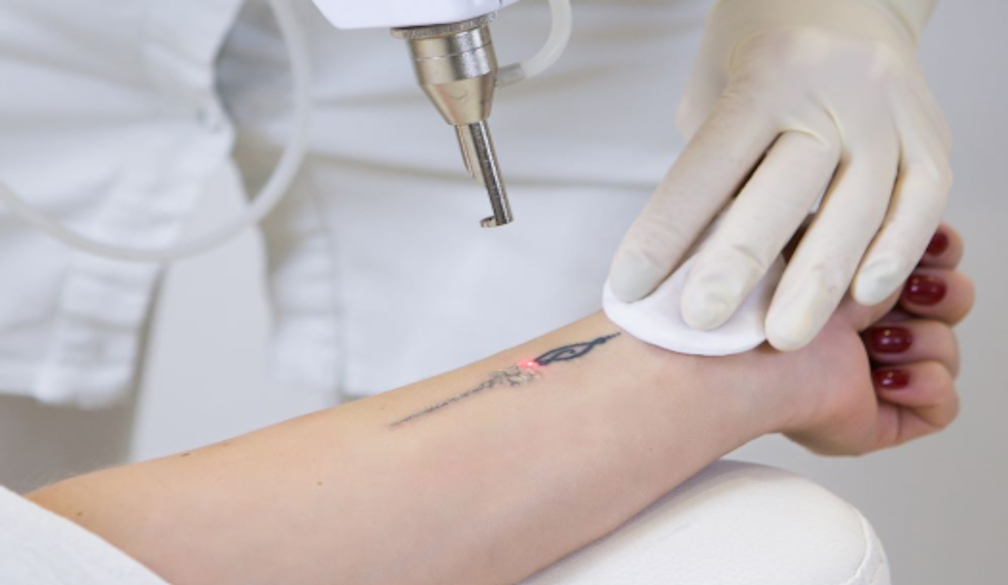Safe & Effective Tattoo Removal in Auckland – What You Need to Know
- Written by The Times

If you're looking for tattoo removal in Auckland, modern laser technology offers the safest and most effective way to fade or completely remove unwanted ink. Whether it's an outdated design or a change in personal preference, laser tattoo removal provides a reliable solution with minimal risk.
How Does Laser Tattoo Removal Work?
Laser tattoo removal works by using highly concentrated pulses of light to break down tattoo pigment into tiny particles. These particles are then gradually flushed out through the body's natural immune system.
Key Benefits of Laser Tattoo Removal:
- Non-invasive & safe with minimal side effects
- Works on all skin types and tattoo colours
- Customisable treatments based on tattoo size and depth
- Permanent fading or full removal after multiple sessions
At Brows & Beyond, we use advanced laser technology to ensure effective and safe tattoo removal with minimal discomfort.
How Many Sessions Do You Need?
The number of sessions required for complete removal varies depending on several factors:
1. Tattoo Size & Depth
Larger and deeper tattoos take longer to remove, typically requiring 6-10 sessions.
2. Ink Colour
Darker pigments like black and blue are easier to break down, while lighter colours such as yellow and green may require more sessions.
3. Skin Type
Darker skin tones may need additional treatments at a lower intensity to avoid pigmentation changes.
4. Age of the Tattoo
Older tattoos tend to fade faster since some of the ink has already been broken down over time.
A consultation with a laser tattoo removal specialist can help determine how many sessions your specific tattoo will need.
Aftercare Tips for Best Results
Proper aftercare is essential for promoting healing and ensuring the best possible results from your laser tattoo removal sessions.
What to Expect After Each Session:
- The treated area may appear red and slightly swollen for a few hours.
- Blistering or scabbing can occur but typically heals within a week.
- The tattoo will gradually fade over the next 4-6 weeks.
Essential Aftercare Tips:
✅ Keep the area clean and dry for the first 24 hours.
✅ Avoid direct sunlight and apply SPF to prevent pigmentation issues.
✅ Do not pick at scabs to prevent scarring.
✅ Stay hydrated and follow a healthy diet to support skin healing.
By following these guidelines, you can speed up the fading process and reduce the risk of complications.
Book Your Tattoo Removal Consultation Today
If you're ready to remove your unwanted tattoo, book a consultation with our experienced team at Brows & Beyond. We provide safe and effective tattoo removal in Auckland using advanced laser technology.
📅 Schedule your appointment now: Book Here
FAQs:
- Is laser tattoo removal painful? Most clients describe the sensation as a rubber band snapping against the skin. Numbing options are available.
- Does laser tattoo removal leave scars? When performed by professionals, scarring is minimal.
- How long does it take to see results? Tattoos fade gradually over several months, with most requiring multiple sessions.
For more details, visit our Laser Tattoo Removal Service Page.
















